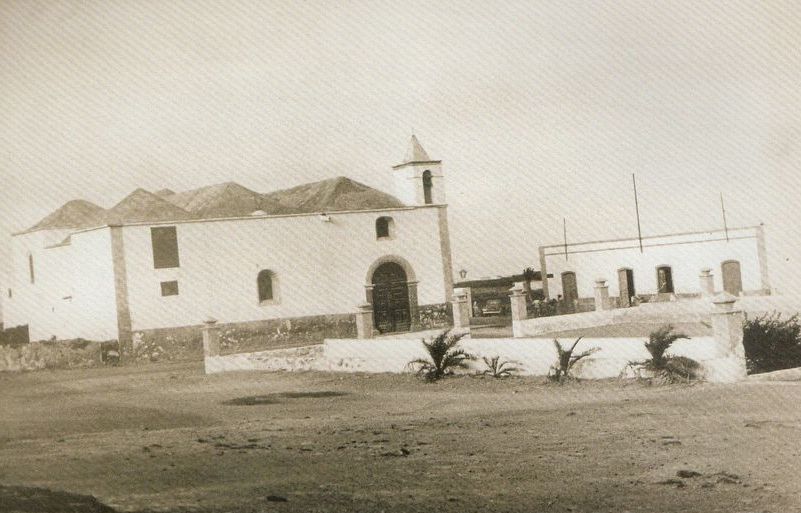
Tinajo is a municipality located in the western part of the island of Lanzarote, in the Canary Islands. Its origin dates back to a group of shepherds who settled in the area due to the fertility of its lands, which before the volcanic eruptions were considered the most productive on the island, providing food for its inhabitants.
The conquest and colonization of Tinajo were slow processes. Until well into the 17th century, the settlement was not significant enough to appear on the cartography of the time. In 1577, Gaspar de Bethencourt received the term of Tinajo from the Marquis of the Island, including its houses, corrals and maretas, thus consolidating the ownership and administration of these lands.
At the beginning of the 17th century, Ana Viciosa, wife of the governor of Lanzarote, administered the town, which at that time had barely a hundred residents. The devastating volcanic eruptions between 1730 and 1736 severely affected Tinajo, destroying villages, farmlands and forcing many inhabitants to emigrate. These eruptions covered approximately 73 of the municipality's 135.28 square kilometres with lava.
In the second half of the 19th century, Tinajo experienced an economic take-off thanks to the first agrarian reforms and the introduction of the sand-ditching system, which revitalised local agriculture. However, the community also faced challenges such as droughts, plagues and epidemics, which led to periods of famine and emigration to other islands and America in search of better opportunities.
Administratively, Tinajo belonged to the municipality of Teguise until 1825, when it was established as an independent municipality. The construction of the church of San Roque in the 18th century and the hermitage of Nuestra Señora de los Dolores in Mancha Blanca are witnesses to the religious and cultural development of the community. Today, Tinajo is known for its cultural and natural heritage, including the Timanfaya National Park and the devotion to the Virgen de los Dolores, patron saint of Lanzarote. Every 15th September, a pilgrimage is held in her honour, where pilgrims from all over the island come to the hermitage in Mancha Blanca, keeping the traditions and identity of the municipality alive.
